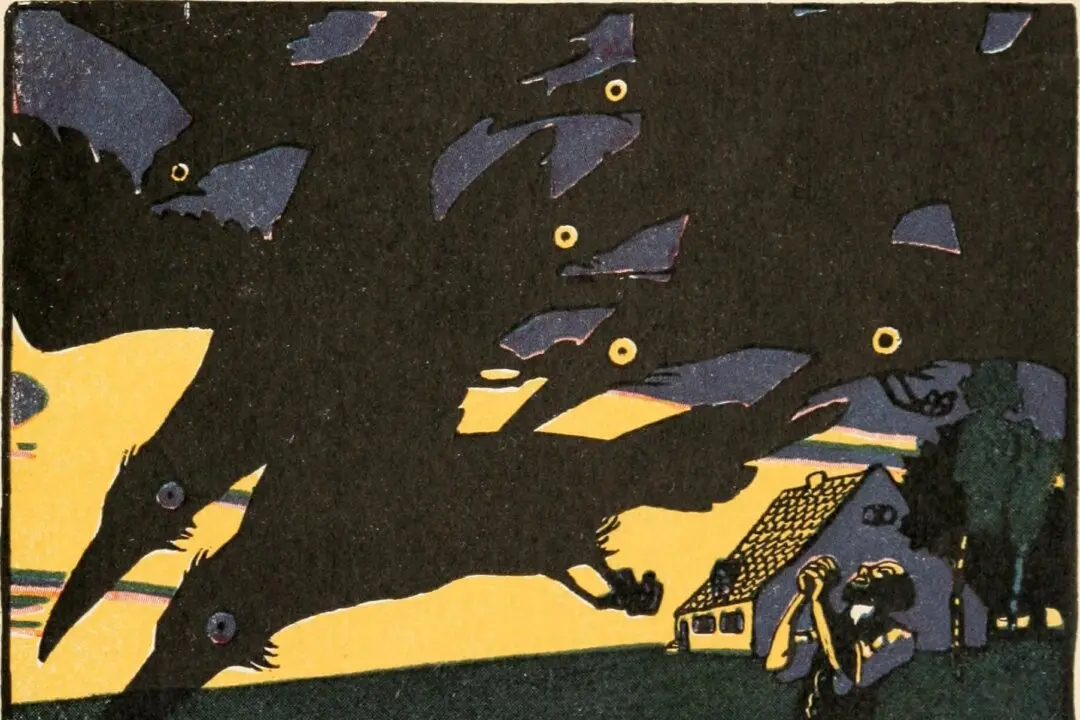Though work may seem burdensome and lazing about infinitely more appealing, doing nothing ultimately leads to listlessness and uselessness. Uselessness breeds unhappiness in ourselves and those around us, while a useful life brings happiness and fulfillment. When we joyfully seek to be useful, we bring light and joy with us.
In his short story “A Way to Be Happy,” T.S. Arthur follows Mr. Parker, who wants to retire early. Parker believes that a gentleman’s life with nothing to do will bring him happiness. Through Parker, Arthur demonstrates that with idleness, we become lazy, despondent, and useless to ourselves and everyone around us.






